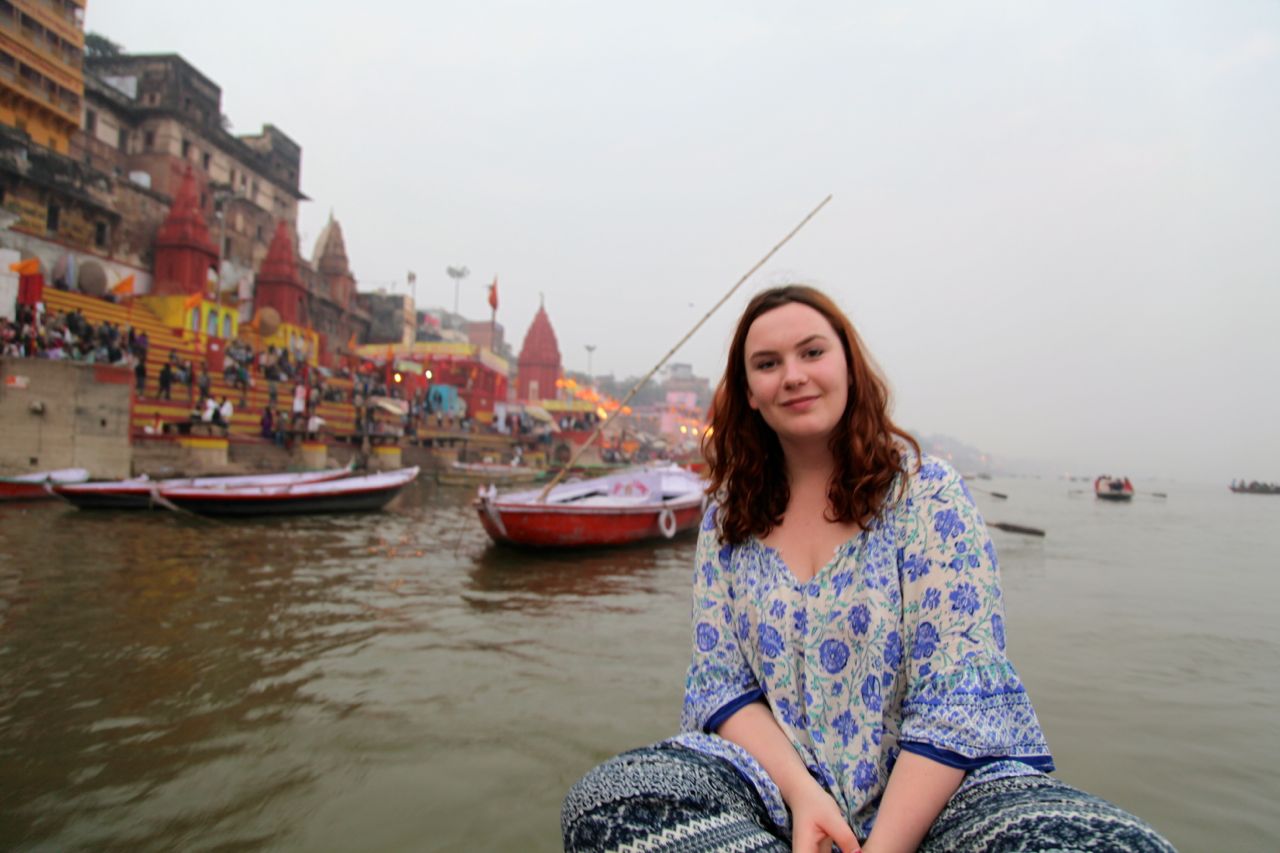The Chase
Extremely well shot, loved the colour grading, sound, actors and range of shots and choreography of actors was all really well done. The tension was built really well but the story lacked. It ended before anything had happened. Also I feel like the decisions that the girl made in that situation were unrealistic. I highly doubt many young women would run into a secluded alley if they felt they were being followed. It would have been more powerful if it was shot at night, and then that might have made more sense. I liked the suspense, but I think the ending would have been better with closure. It felt like the entire thing was leading up to something big, and then it just ended. Really well shot and cut together though. This team worked really well with moving shots, angles and perspective.
Budgerigar
Budgerigar was really funny. I liked it. The colours were fantastic and the way that tension was built and the fast cuts were used was fantastic. I particularly loved the brave use of dramatic lighting, it came out really well and wasn’t unnecessary or showy, it just fit the scene. Didn’t like the twist of him being in love with the brother that was like himself.
Sliced
Cutting the scene with the girlfriend was a really good decision. I loved the symmetry of your shots. It was really well shot. The script could have used some tightening on the details, and some tiny improvements, but so could most films. It was really good, it was genuinely funny, the story was clear and well told, the shots in the supermarket (despite the unfortunate placement of the bread haha) and the dramatic outdoor shot of him taking the bread out of a baggie were superb. I do think ‘White Bread’ was a better title though, kinda emulates ‘White Powder’.
Shelter
I liked it, but the story was a little cliché, and seemed more like a small scene from a feature film rather than a short film, that wasn’t really an issue I’m just not sure if that was the intent. I thought it was well shot and the space was used really well. The sliding door thing was really cool, and the use of light was great, whether done in post or during the shoot. I didn’t get the vacuum nozzle gun and the calculator wall thing though. The film didn’t seem like a comedy so to have those rather novel props in there was just confusing rather than humorous. It detracted from the storyline, distracted the viewers and killed the tone of the piece a little.
Milk
I really loved Milk. It was relatable and funny. It had a shaky start though, that first scene didn’t really flow well. The cuts of the second housemate were a little confusing; something didn’t fit together well there. However, from the moment that the non-empathetic-pickle-eating-housemate says there is no milk, the piece flows. Some of those moving shots are insanely good, but one was a little too shaky. That one shot might have been better with a stationary camera. The ending was great though and loved the “ethnic kid stole my scooter” thing. I love comedy that picks on racism itself and how stupid it sounds rather than any particular race or person. The story was perfect for a five minute short. The film was built up really well and there’s nothing like an ironic ending. I can’t really remember that well but I think the audio could have used a little fine tuning.
